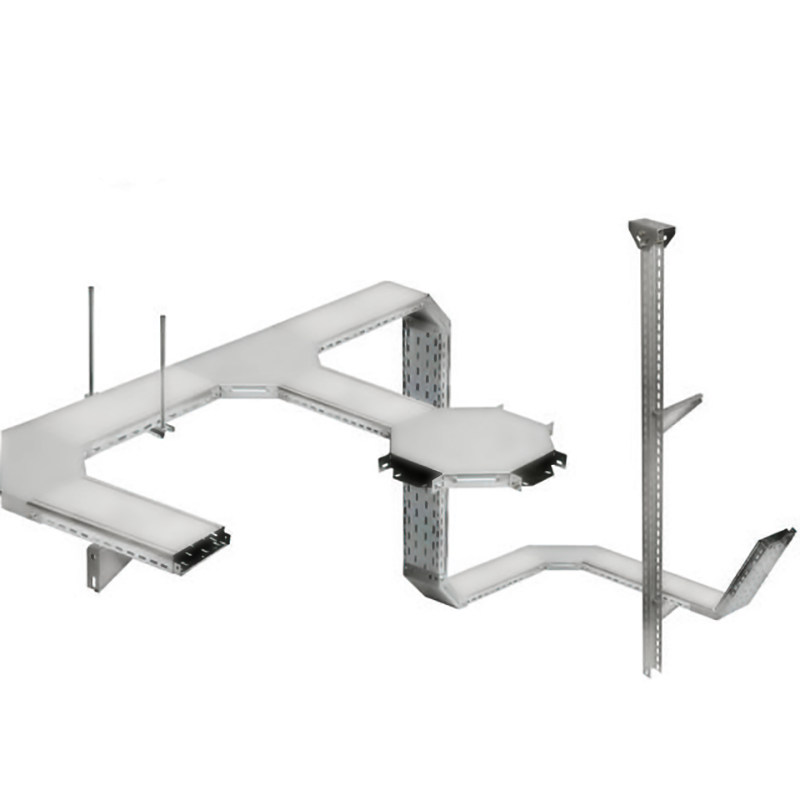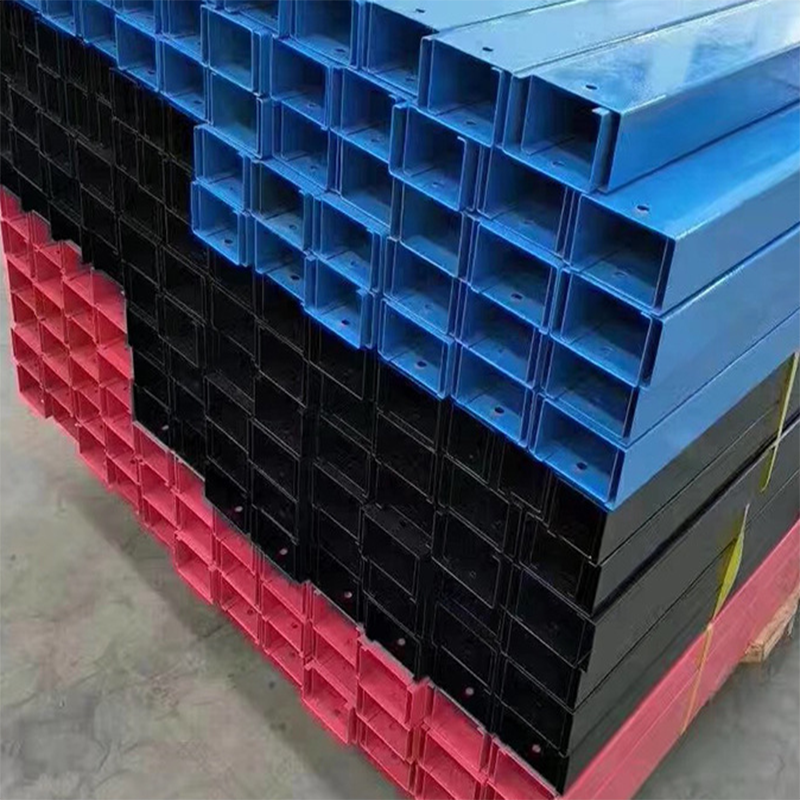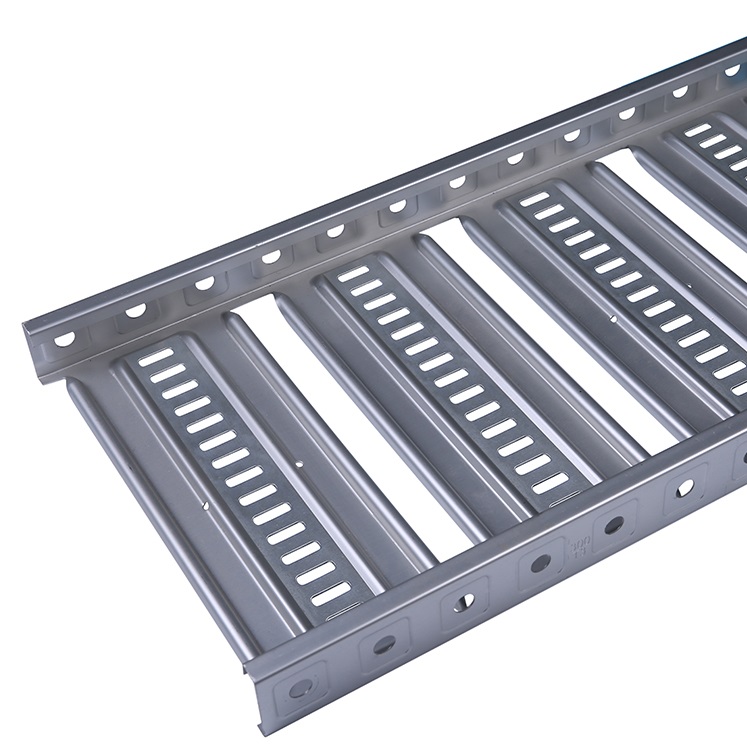How to choose the right cable tray for you
Cable trays are an essential component when it comes to organizing and managing cables in any infrastructure, whether it’s a commercial building, data center or industrial facility. Cable trays not only ensure the safety and longevity of cables, but also help minimize cable congestion and simplify maintenance. However, with the variety of cable trays available in the market, it becomes crucial to choose the one that suits your specific needs and requirements. In this article, we discuss the factors to consider when choosing the right cable tray for you.
1. Cable capacity: The first aspect to consider is the cable capacity of the bridge. Cable trays come in a variety of sizes and designs, each offering different cable-holding capabilities. Evaluate the number and type of cables that will be installed in the tray and choose a size that allows for future expansion. It is critical to ensure that the selected cable tray can accommodate all cables without excessive bending or overloading.
2. Material: Cable trays are available in a variety of materials, including steel, aluminum, fiberglass, etc. Each material has its own advantages and disadvantages. Steel cable trays are strong and resilient, making them ideal for heavy-duty applications. Aluminum cable trays are lightweight and corrosion resistant, making them suitable for outdoor installations. Fiberglass cable trays, on the other hand, are not conductive and will not corrode, making them ideal for industrial environments. Consider the environment and conditions in which the cable tray will be installed before choosing the material that best suits your needs.
3. Installation environment: The installation environment should be considered when choosing the bridge. For indoor installations, regular cable trays may suffice. However, in harsh outdoor or industrial environments, special coatings or materials may be required to protect the pallet from corrosion and other elements. If the cable tray will be exposed to chemicals, extreme temperatures or moisture, make sure to choose a tray that is specifically designed to withstand these conditions.
4. Design of cable tray: There are many designs of cable tray, including ladder type, trough type, solid bottom type, wire mesh type, etc. The choice of design depends on factors such as cable support requirements, ventilation needs, and aesthetic preferences. Ladder cable trays provide excellent cable visibility and ease of maintenance, while trough cable trays provide additional protection from dust and debris. Solid bottom cable trays are suitable for applications where cable safety is a concern, while wire mesh trays provide enhanced airflow for heat generating cables.
5. Compliance with standards: Make sure the selected cable tray complies with relevant industry standards and codes. Compliance ensures that cable trays have undergone the necessary testing and meet performance and safety requirements. Look for certifications from recognized organizations to ensure that cable trays are of high quality and reliability.
In conclusion, choosing the right cable tray for your needs is essential for efficient cable management. Consider factors such as cable capacity, material, installation environment, tray design, and compliance with standards. By doing this, you can help build a well-functioning and secure infrastructure by ensuring your cables are organized, protected and easily accessible.


